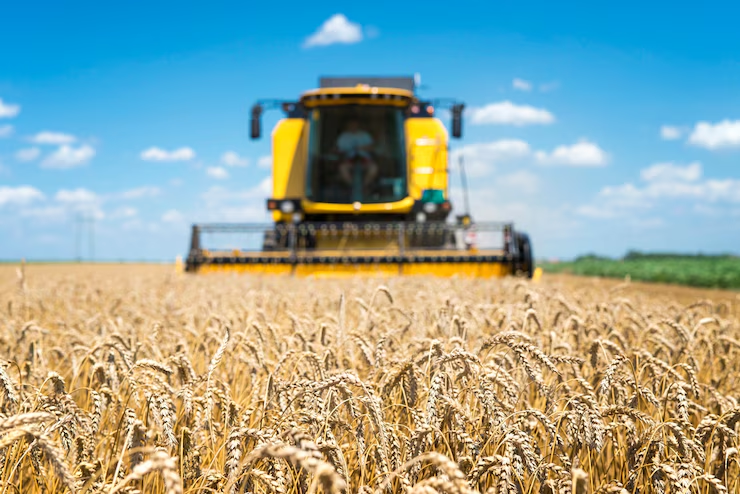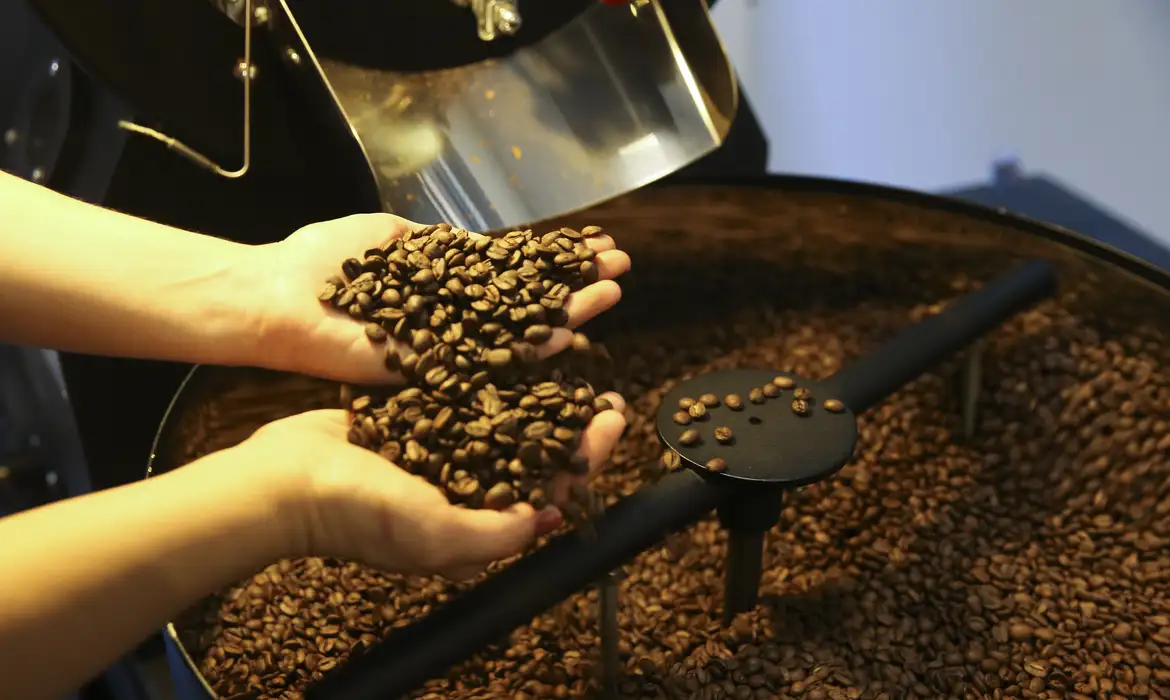IBGE: Estimated harvest for 2024 of 296.8 million tons; drop of 5.9%

The area destined for harvesting is 78.3 million hectares, representing an increase of 0.6% compared to the area harvested in 2023, which is equivalent to a growth of 454,502 hectares. In relation to April, there was an increase of 0.6%, corresponding to an additional 445,140 hectares.
Rice, corn and soybeans, which are the three main products, together represent 91.5% of the production estimate and are responsible for 87.2% of the area destined for harvesting.
Carlos Alfredo Guedes, LSPA’s agriculture manager for May 2024, points out that Brazil was hit by “many” weather problems in May, such as the lack of rain in the Central-West region, in addition to high temperatures.
“They shortened the cycle of some crops and, consequently, reduced productivity. Some producers had to replant for soybean crops, for example. Others ended up opting to increase cotton areas. In fact, we are breaking records in cotton production. This Our estimate this year is 8.5 million tons, an increase of almost 10% compared to last year, which was also a record”, he informs.
Inmet: June will have above average temperatures in much of the country
Guedes explains that due to climate problems, the corn harvest is expected to be smaller this year, with an estimated 114.5 million tons. There was also a reduction in the planted area, as the price of corn was not “very attractive” for the producer.
The agriculture manager also points out that despite the weather events that occurred in Rio Grande do Sul, part of the crops were already harvested.
“We had a small decrease of 1.6% in production in Rio Grande do Sul this month, which is the largest rice producing state, but this was offset by an increase in production in other states, such as Minas Gerais, where it is being cultivated rice irrigated with central pivot. It compensated a little for this drop in Rio Grande do Sul”, he points out.
Production by region
According to the survey, the estimated production of cereals, legumes and oilseeds recorded a positive annual variation in two regions: South (5.0%) and North (8.5%). However, there was a negative annual variation in the other regions: Central-West (-12.8%), Southeast (-8.5%) and Northeast (-2.8%).
In terms of monthly variation, the regions that recorded growth were Northeast (0.2%), North (0.8%) and Southeast (2.3%), while the others showed decline: South (-3.0%) and Central-West (-0.7%).
Mato Grosso maintains its leadership as the largest national grain producer, contributing 29.2% of the total, followed by Paraná (13.4%), Rio Grande do Sul (12.7%), Goiás (10.6%) , Mato Grosso do Sul (7.3%) and Minas Gerais (5.9%). Together, these states represented 79.1% of total production.
By Brasil 61




